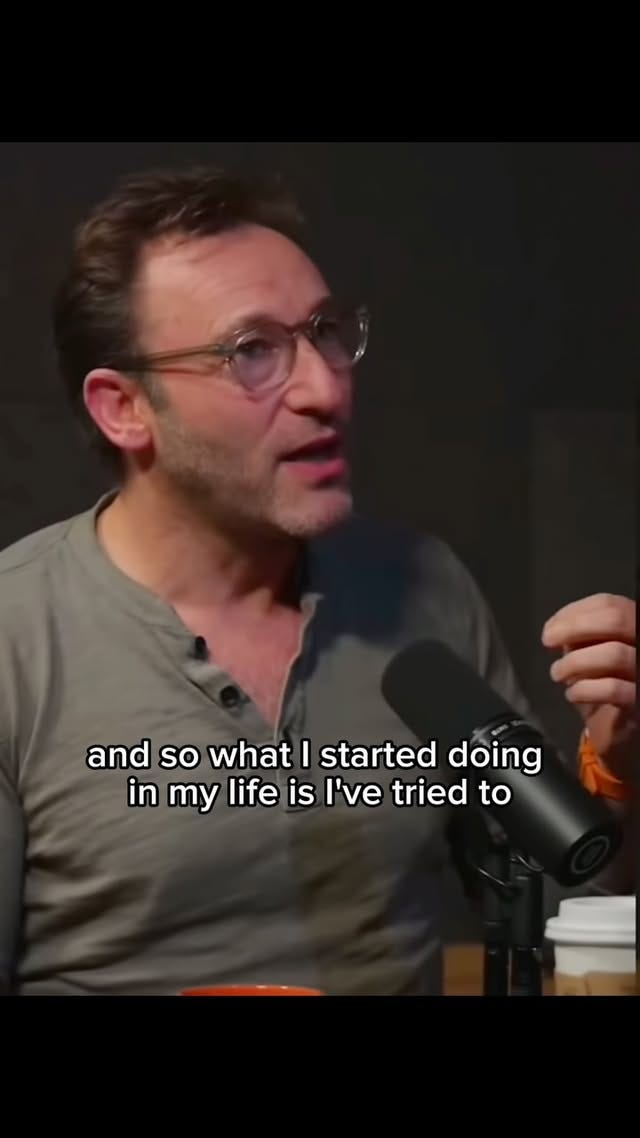Two Not Three
How Less Is More
The concept of “Two not Three” is something that I started to play with when I took over the morning program at Gracie La Mesa. The morning classes are just over sixty minutes, opposed to the ninety minute classes in the evenings. We start at five, do a short warm up, some technique, and jump into rolling around five forty, ended by a short Q&A session at around six.

When I started, I tried to cram three to four techniques into each class. While each technique did flow or build on the previous, I found that we weren’t spending enough time understanding the techniques for what they were. I also found that the preparation on my end took longer than I’d like and I often had a hard time deciding which three I wanted.
With the constraint of time and the need to gain deeper understanding of each technique’s elements, I started only showing two.
While two became the magic number for me, that didn’t mean that I made that law. As some classes had a third technique if one of the other two were simple or if the students understood it pretty quickly.
On some occasions, I show one technique, due to complexity of steps or movement.
Too much choice is overwhelming.
Each instructor is going to have their own preferences, but in my opinion, less will always be more in a regular class setting. In a Seminar or Work Shop, where people are paying extra, you want to make sure they feel like they got their money’s worth. There is absolutely nothing wrong with that.
These are some of the benefits that I’ve noticed in applying the Two not Three approach.
The Benefits of Two Not Three:
Students have more time to drill
Deeper technique understanding.
More time for me to correct issues.
Pace benefits newer students.
DFM Coaching is dedicated to helping you overcome mental hurdles and achieve your full potential in BJJ. Whether through in-person instruction, seminars, private lessons, remote coaching, or video analysis, I provide personalized support tailored to your needs. Keep pushing forward, and let’s grow together!


